NEXT ISSUE  Clay Maier
The Friesian Spectacular  
Equi-Notes News Thanks Our Sponsors BlackWaltzGraphicArts
 Photographer-Will Meneke Photographer-Will Meneke

Mark Sheridan
Quarter Horses
The Ultimate Lead Change Series
3 DVDs To Help You 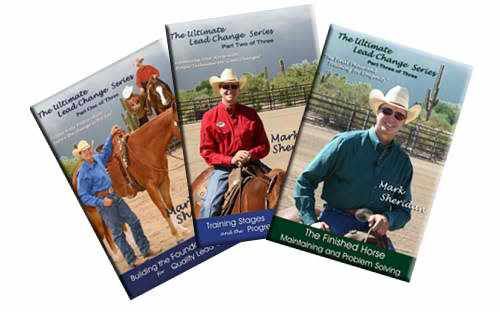
The Great Horse History & Horses
with John A. Royce
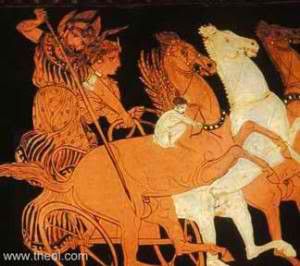
The immortal steed Aethon "breathed life-blasting flame" and pulled the chariot of Aries, god of war in Battle of Troy. Aethon's name derives from the ancient Greek word, aithôn, meaning 'fiery' or 'blazing' he was teamed with Phlogeus (flame) when drawing Aries' chariot. Noted for obedience and reliability, Aethon was also one of the foremost horses in the stables of Helios used to pull the chariot of the Sun. Aethon's nature was a metaphor of a blazing fire, a force that unbridled could explode in destruction-but if harnessed his contained power would yield productive energy and power!

GET A FRIEND TO JOIN EQUI-NOTES
And Both of You Receive a FREE
EQUI PARTNER T-SHIRT
 
\ MARCH SQUIB The Pony Express
McAvoy Layne

"Roughing It" He rode a splendid horse that was born for a racer and fed and lodged
like a gentleman; kept him at his utmost speed for ten miles, and then, as he came crashing up to the station where stood two men holding fast a fresh, impatient steed, the transfer of rider and mail-bag was made in the twinkling of an eye, and away flew the eager pair and were out of sight before the spectator could get hardly the ghost of a look. - Mark Twain Keep Connected!    
|
|
|
ISSUE NO.11 MARCH 19, 2012

Thank you for reading Equi-Notes and supporting our Equi Partner Professionals. Please let us know if you'd like to hear about specific equine interests! We strive to provide you with valuable and interesting information straight from our experienced pros.
Please feel free to contact us with any comments or questions.
~Jackpot Equine Team
|
WELCOME EQUI PARTNER
SUSAN McCARRON
Certified Appraiser-CEA #04128
Downs, IL
Being an ASEA Certified Appraiser-What We Do!
Anyone who needs to find out the value of a horse for the purpose of donation, divorce, insurance, or other matters, should hire an appraiser certified by the American Society of Equine Appraisers (ASEA). An ASEA certified appraiser will have a minimum of 5 years experience with horses and know the "Principles of Valuation". All ASEA appraisers follow the same standard Code of Ethics and use the same Uniform Standards of Professional Appraisal Practice (USPAP) that other professional personal property appraisers and real estate appraisers use. Unlike real estate appraisers, equine appraisers don't need to serve an apprenticeship, need no state license, and can work in any state and across international lines.
A good appraiser continues to keep up with the changing market, attends shows and sales, and attends seminars and classes on the types of horses that they appraise in order to stay current.
The Appraisal Process
When I'm hired to perform an appraisal, I first need to get some basic information from the client:
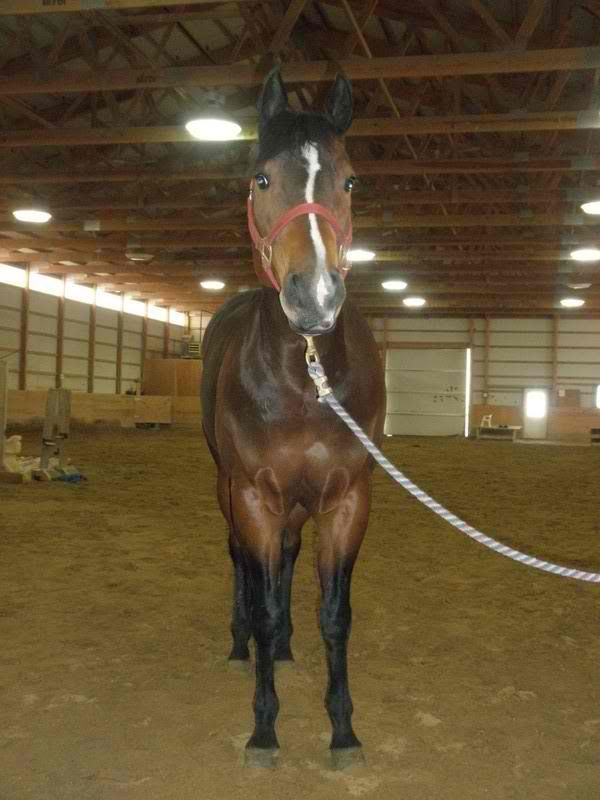
- I need to know what is to be appraised (type of horse, piece of equipment, carriage, etc.), who the owner is, and the address the subject property is located at.
- What is the intended use of the appraisal (charitable donation, insurance, collateral, etc.)? This helps me determine the correct type of value that I'm going to use for the appraisal. For example, if a client intends to donate his horse to a charitable organization, I would appraise the horse at the fair market value (retail). If a client were in a Chapter 7 bankruptcy and had to sell the horse, I would appraise the horse at a forced liquidation value, which is much less than the fair market value (retail).
- Who is the intended user (or users) of the appraisal? Is an attorney and their client? The client, her accountant, and the IRS? An insurance company and their client?
- When do they need the appraisal? (If the appraisal is a rush job, many appraisers include a rush fee.)
- When can we set up a time for an inspection? I generally like to visually inspect the horse, but in cases where the horse is stolen, deceased, or no longer in the client's possession, the horse can still be appraised using pictures and/or video.
I also will email the client a list of items that I require (if they have them available), such as a photocopy of the registration certificate, a copy of the pedigree, show record, veterinarian certificate of health, and other data relevant to helping me determine the market value. On the day of the inspection, I arrive with my measuring stick, 35mm camera, a folder for the horse, and a pad of paper for notes. I use a camera with 35mm film because it can't be digitally altered.
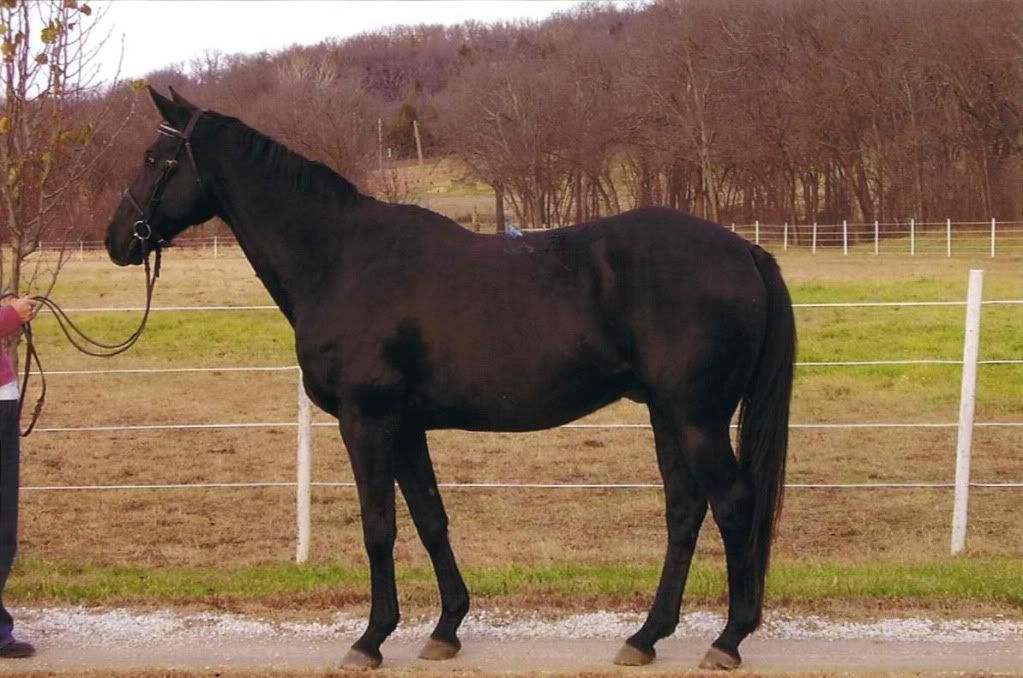 | |
Trakhener Appraisal
|
First I will take notes about the location of the horse. Then I will measure the horse and record the height. I will inspect the teeth, go over the body and legs to see if there are any bumps or identifiable scars, write down any markings, and ask about the horse's health. I will ask to have the horse walk and trot, so that I can see how it moves. Then I will take 4 pictures: front, left side, rear, and right side. I will also take pictures of any scars and identifiable markings of the horse.
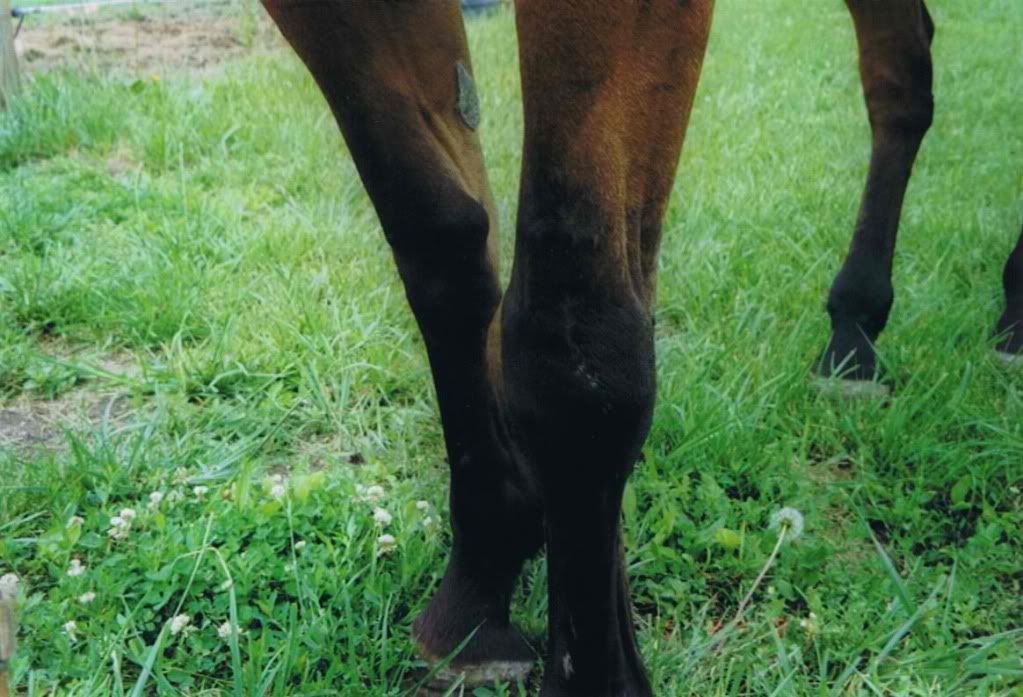 | |
Golden Coyote Scar
|
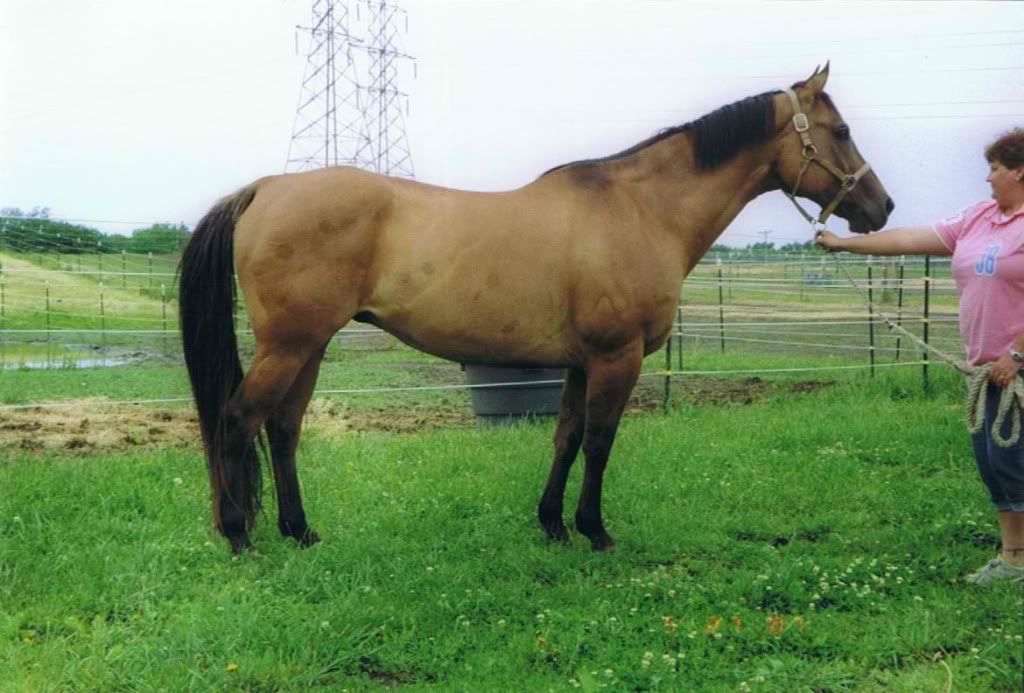 | |
Golden Coyote Right
|
After the inspection, I start working on the appraisal. I search for any other information that I can gather on the horse. I compile all the information that I have gathered and score the horse on the value factors that are relevant to that type of horse (broodmare, pleasure gelding, reining gelding, etc.). Then I search for 3 or more horses that are comparable to the subject horse. Using a mathematical formula, I then determine the horse's worth. Once I have that, I take all my information and create a report. I then send the finished report to the client!

THANKS SUSAN & ZIPPOS SMARTY JO
for the great article and sporting our t-shirt.
|
Thank You for Joining Us!
We love fresh ideas. Please let us know
if you'd like to contribute to Equi-Notes
or if interested in joining Equi Partners.
The Equi Partners Team
~ Setting The Course For Your Success ~
www.jackpotequine.com
|
|
|